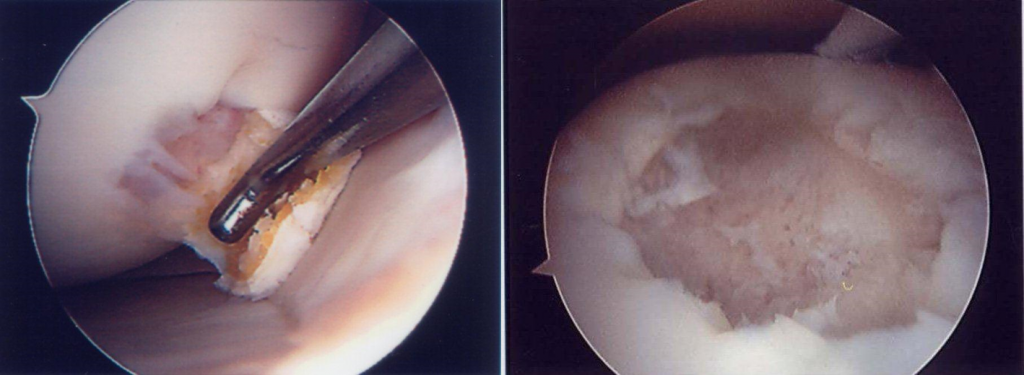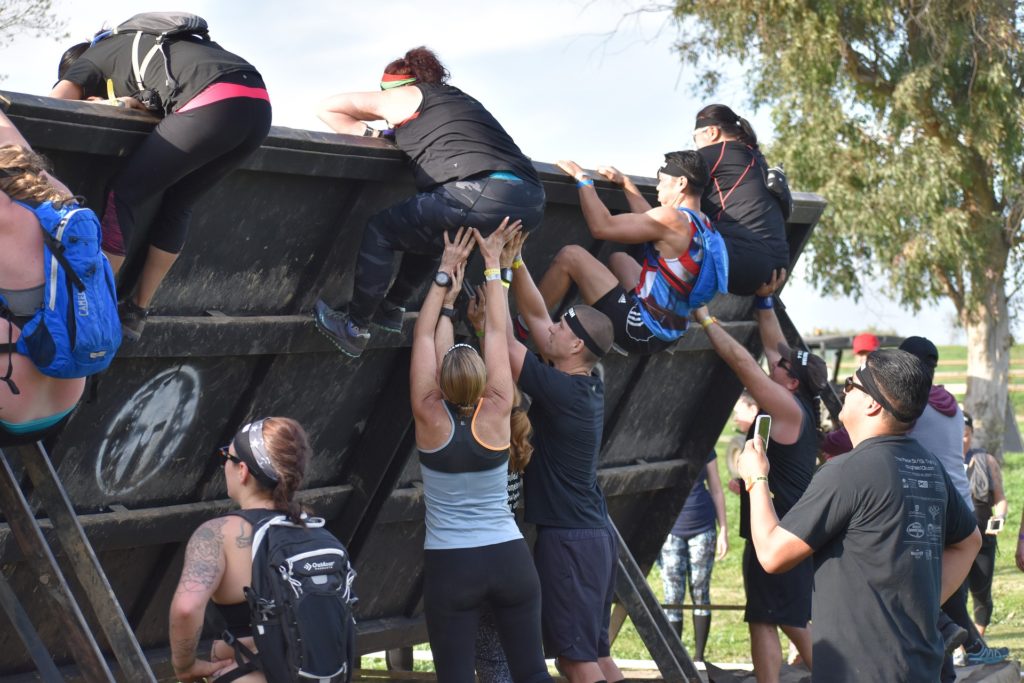WHAT IS ANTERIOR KNEE PAIN?
Who hasn’t had a painful or achey knee..? If you haven’t, then I’m sure you know someone who has. One of the most common ‘disorders’ is Anterior Knee Pain, which is basically pain a the front of the knee
Whilst it’s one of the most common of knee complaints, it can be one of the easiest to remedy. Let me tell you a little more about it and things that you can try to improve it, whether that be with your client or indeed for yourself
What Is Anterior Knee Pain?:
Anterior knee pain (AKP), as the name suggest typically presents as a pain or aching at the front of the knee, although, it can also radiate around to the back of the knee. It’s typically quite a diffuse pain, in that you’ll usually be unable to place a single finger over the source of the pain. Ask where the pain is, and the person usually shows you with an open palm of their hand, rather than a printed finger.
Where In The Knee Is The Pain Coming From?:
Usually, it radiates from under the knee cap (patella) and, the joint between the kneecap and the end of the femur (thigh) bone. This is also referred to as patellofemoral pain syndrome (PFPS).
So Why Does Anterior Knee Pain Happen?:
There can be numerous things that cause AKP. These might include an acute trauma, for example, falling on to a bent knee, or more often than not it gradually develops and becomes worse over time. The latter might be due to a slightly abnormal movement of the patella when the knee bends and straightens. See in the picture that the underside of the patella isn’t flat, and that there’s a ‘groove’ on the femur on which the patella should move up an down on?

Improper alignment and movement of the patella (knee cap), muscle imbalance and poor biomechanics are some of the most common causes of PFPS and AKP.
Things that might bring on this problem may be an increased level or change in physical activity, change in footwear, deconditioning due to other injury, a fall on to a bent knee and, or, surgery.
How Do You Know If You Have Anterior Knee Pain?:
Pain and discomfort is often experienced during the following::
- During sitting for prolonged periods where the knee is maintained in a bent position, for example during long car journeys.
- Kneeling or squatting
- After exercise
- Ascending/Descending stairs
- Wearing high-heeled shoes might make it worse too, as there’s a tendency not to fully straighten the knee when wearing these shoes
Treatment & Physiotherapy:
Symptoms: Straightening the knee may give immediate short-term relief as may the application of ice
Cause: Good news! Surgery is usually the last option here and a structured programme of exercises to condition the musculature around the knee and the hip, especially the vests medals and gluteus medius (see picture below) will normally be sufficient to correct the problem.

The quadriceps muscle group is made up of four separate muscles, which merge together at the knee to form the patella tendon. It is important these muscles work together and equally to make sure the patella moves smoothly along its grove on the thigh bone (femur). If the muscle on the outside (vastus lateralis), for example is stronger or reacts more quickly than the muscle on the inside (vastus medialis) then this pulls the patella away from its groove when the knee bends and straightens (patella maltracking); over time this can become painful. Likewise patella maltracking can occur if the knee drops towards the middle when you bend it (knee valgus) and this is often due to poor conditioning of the muscles that externally rotate the upper leg, like the gluteus medius.
Corrective Exercise:
How to condition these two specific muscles, sounds a little difficult as they work in unison with others.
Here’s the trick:
Vastus Medialis
Work end range knee extension. This means perform any quadriceps exercise but only through the last 35-40 degrees of knee extension (see picture below). A very short range, but effective.
Another trick is to turn your foot out slightly on leg press, squats etc. . Perhaps not the ‘model’ technique, but effective in engaging the muscle on the inside the knee:
Gluteus Medius
There are many ways in which you can work the external hip rotators, which in crude gluteus medius. One good starting exercise are clams. See the picture below. Make sure your hips are stacked on top of each other throughout. Bring you top knee up towards the ceiling. As soon as you feel your hips rolling backwards stop, pause and return. This is about quality of movement not quantity.

Usually anterior knee pain responds very well to conservative treatment i.e. a programme of physiotherapy and tailored exercise, including the above. Be patient, if you’ve suffered for a long time, it won’t suddenly get better over night. In extremely rare circumstances, for example where the patella continually subluxes (dislocates) and where all conservative avenues have been explored, surgical options may be appropriate.
Questions?
If you have any questions either about your own injury, or that of your client’s, get in touch thorough e-mail, twitter (@getbacktosport) or through our Facebook page, where we’ll be happy to help!



